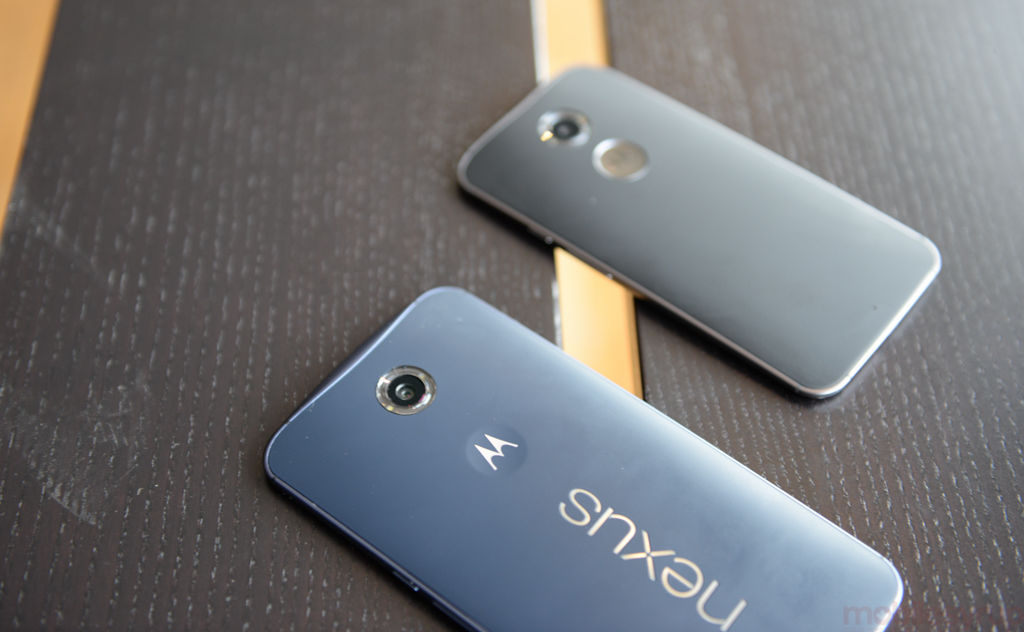
Both Apple and Samsung have fingerprint scanners in their flagship phones, but they’re pretty much the only two smartphone manufacturers that have incorporated the technology into their devices and software in a meaningful way. However, it turns out customers looking for that added layer of security might have had a third option but Google nixed the feature from the Nexus 6. (Huawei added a fingerprint sensor to the Ascend Mate 7, but it’s not widely available in North America.)
According to AOSP source code, the Nexus 6 (or ‘Shamu’ as it was known when in development) had support for a a swipe-style fingerprint sensor from Synaptics-owned Validity Sensors until the end of August. This was removed, and though Google has yet to offer any indication as to why, ArsTechnica points to a commit that says, “Hide fingerprint API until new API is ready.”
The Nexus 6 is essentially an enlarged Moto X 2014, and that phone doesn’t have a fingerprint sensor either, so people weren’t exactly surprised when the Nexus launched without this feature. What’s interesting is the timing of the decision to remove fingerprint support from Lollipop. According to AOSP, it was canned roughly 10 days before the announcement of the Moto X 2014. The Moto X was also rumoured to have fingerprint authentication prior to its official unveiling. Is it possible that both the Moto X 2014 and the Nexus 6 were at one point supposed to have support for fingerprint authentication?
It’s possible that this could be a hardware issue. Though the code specifically mentions the API not being ready, this isn’t Motorola’s first time at the rodeo. The company had a smartphone with fingerprint scanner in the form of the Atrix 4G way back in 2011, but Apple ended up acquiring the company that provided the Atrix 4G’s biometric sensor, Authentec, about a year after the Atrix debuted. So, adding fingerprint authentication now isn’t just a case of rolling back the clock and plugging in the same solution it used three years ago.
The interesting part is that while Apple is using its own solution from Authentec, the only other device manufacturer with fingerprint authentication in a smartphone (Samsung) uses a sensor from Synaptics, too. From this, and the source code that references scans that are ‘too fast’ or ‘too slow,’ it’s probably safe to assume the implementation of fingerprint authentication will be very close to the experience offered on Samsung’s devices.
[source]AOSP, ArsTechnica[/source]
MobileSyrup may earn a commission from purchases made via our links, which helps fund the journalism we provide free on our website. These links do not influence our editorial content. Support us here.


